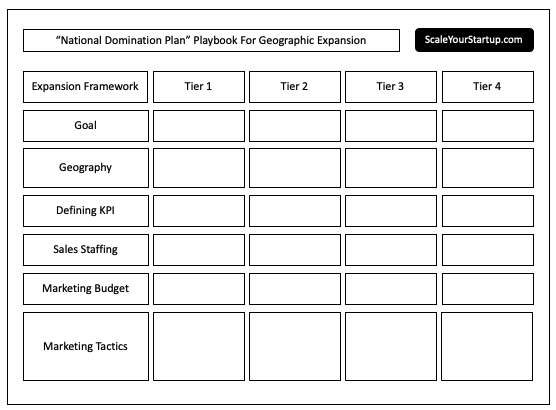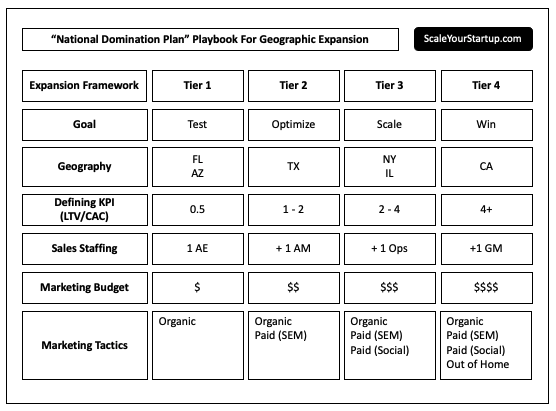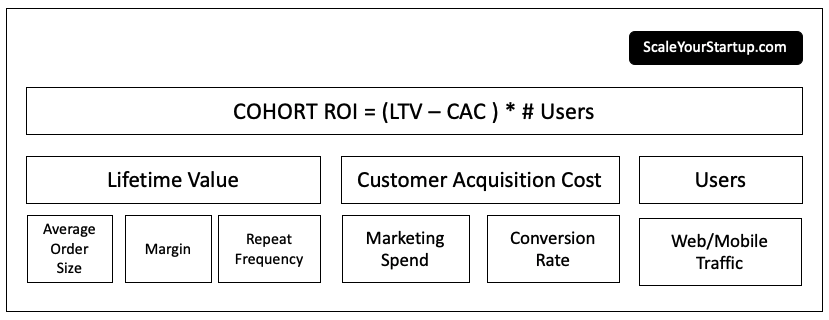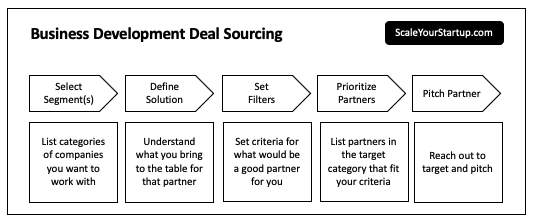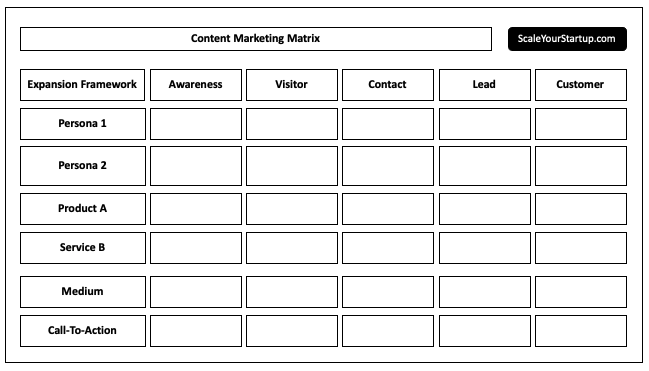To scale your startup, your job is to set a vision, raise capital and recruit a team.
One milestone in recruiting a team is hiring your first startup General Manager (“GM”). This role can be tricky in part because a GM doesn’t own one specific function. Articulating why you need a GM, when to hire one and how to set the role up for success can be challenging.
This post will focus on:
- What is a startup general manager
- When to hire your first general manager
- Who to hire as your startup’s general manager
- How to setup a general manager for success
- Why communication cadence for general managers is key
What Is A Startup General Manager
A General Manager (GM) is a leader, manager, and/or jack-of-all-trades (aka athlete) with technical, functional or industry expertise to run a part of your startup.
The GM’s job is to:
a) Set a vision/strategy/focus for the business area
b) Get the right people, org structure and cross-functional support in place
c) Set goals (KPIs) and resource allocation (eg. sales, R&D, marketing investments) and team alignment to hit targets
d) Move the ball forward, make decisions and get results in a given area of the business
A GM must manage up, manage a team, and manage cross-functional stakeholders to drive the business forward. A GM is unique in that they don’t one any one function. They either run a company within a company, or they depend on managing by influence for functional resources.
When To Hire Your First GM
When to hire your first GM is often a challenge. You’ll rarely have unanimous consent as those working on the project as a side project may resist sharing their legos.
As your technology startup scales, you’ll hire in phases. First, you hire functional individual contributors. Then you hire managers, directors, and so on as you scale in size and complexity.
As your company grows, departments usually grow by function: Marketing owns lead generation. Sales owns revenue in a geography. Technology owns building products. Some larger initiatives may need more than a functional leader can provide.
For example, you may want:
a) cross-functional alignment for a specific vision
b) full-time attention to growing one area of the business or geography
c) single owner for accountability who knows all the details
The CEO or VP of Marketing or Product Manager may scale a business or line part time. Once a project becomes big enough that you’re betting your company on it, the project should have one owner. Someone who wakes up, spends all day, and goes to sleep thinking about that one priority.
When exactly may differ by company. For some, that may be a new product. For others, it may be a new geography or business line. At some point, it will be important enough that you don’t want to mess up and you need someone’s full time attention. When a priority becomes big enough that if successful the role will pay for itself and if not you’ll never grow.
Another way to look at it is this: if you launch anything new, that could one day be bigger than your entire company is now, it warrants a GM (read: mini-CEO). Let the GM run that business just as your existing business is run by a CEO.
When that time comes, it is time to hire a startup General Manager.
Who To Hire For Your Startup’s General Manager
The first step to hiring a startup general manager is recognizing you need one.
What is the key objective or business line that needs one accountable person? You may need to convince others this can no longer be a side project. It is worth betting on a dedicated hire to align stakeholders and accelerate growth.
The General Manager title may be right. Alternative general manager job titles could be, VP of X , Head of Y, or Director of Z. Sometimes regional sales directors, city managers, or market managers give a GM title. That title may be a stretch to attract and retain talent.
After posting a job description, you’ll likely get a range of applications. Having the right filters is important. Backgrounds of external applicants may include former CEOs of smaller companies, executives with experience across multiple functions, previous general managers, consultants, bankers, product managers or marketing leaders. Internal candidates may include rising stars within your company or industry that know at least one function well.
The key is finding a candidate who can frame problems, propose solutions and lead a team to get the job done. Relevant technical, functional or industry experience are nice to have too. Most important is the ability to lead and own a business of a similar size and complexity. You want someone who has enough breadth to not be a hammer that views every problem as a nail. Some depth where your team may otherwise be weak is a nice to have.
Strong general managers do several things well, including:
- Setting a vision
- Recruiting and retaining talent
- Creating processes for managing stakeholders
- Simplifying complexity
- Monitoring few key KPIs that drive business decisions
If as a result of hiring a GM your life gets easier, the business grows faster and everyone on team levels up, you’ve probably made a good hire. If your life gets harder, the business doesn’t achieve its target or if other issues around team dynamics arise, then maybe not.
How To Setup Your General Manager Up For Success
New GMs must first learn the business, earn the team’s trust and build a vision that balances long term goals with securing some quick wins.
When managing up to a boss, executive team or board, GMs must:
- Understand expectations
- Get buy-in on proposed direction
- Request help with any blockers
- Keep manager informed
- Get sign-off for anything new/different/in-need of tie-breaker across stakeholders
When managing your team team, GMs must:
- Earn trust of the team
- Get the right people in the right roles
- Set direction and KPIs to track the business
- Set role expectations, including job requirements, compensation & development
- Check in to help the team and hold them accountable
One trick here is how to be helpful to the existing team, who may feel you are stepping on their toes a bit. One helpful way to think about how to bring the team together is Tuckman’s stages of group development. You’ll set norms, but someone will be upset about something. In the end, if you manage through it, you’ll resolve your differences and operate as a high performing team.
When managing cross-functional stakeholder, GMs must:
- Listen and understand stakeholder goals
- Articulate your own team’s goals
- Find a “higher purpose” goal you can align on
- Align on functional resource allocation or budget
- Set agenda, medium and cadence for in-person and written updates
- Make reasonable SMART asks of your cross-functional stakeholders
- Highlight lack of bandwidth of support, considering folding that expertise into your team
- Provide regular updates, in person make/debate asks, follow-up
Why Communication Cadence For General Managers Is Key
Once they’ve learned the people and business and have a direction in mind, GMs must to set a communication cadence to keep stakeholders informed. This cadence should align with the rest of the company. One example may be annual, quarterly, monthly and weekly reviews;
- Annual updates should focus on vision, strategy, budgets, OKRs and development plans
- Quarterly should be a review of P&L and OKRs
- Monthly should review performance to plan last month and set focus for upcoming month to maintain alignment
- Weekly should be status of projects last week, focus for next week, and removing any blockers for your team
- Daily: Some teams find it helpful to do a brief 15-minute stand-up or written update on yesterday, today, and blockers
- Pro Tip: If you review KPIs monthly, you get 12 slaps in the face. If you review them weekly, you get 52 and have more time to adjust. Find the right cadence for your business.
As you onboard a GM, it is important to be sure to that the GM will:
- Request help and include your manager to align on cross-functional conversations
- Be an advocate for your respective business / business line
- Interface with key subset of clients/partners/vendors
- Be fluent in your target customer, internal data and business financials
- Establish and document best practices and SoP documents
- Empower those around you to be a multiplier and accelerate everyone else’s goals
To learn more about hiring a GM, here’s a few other great resources:
